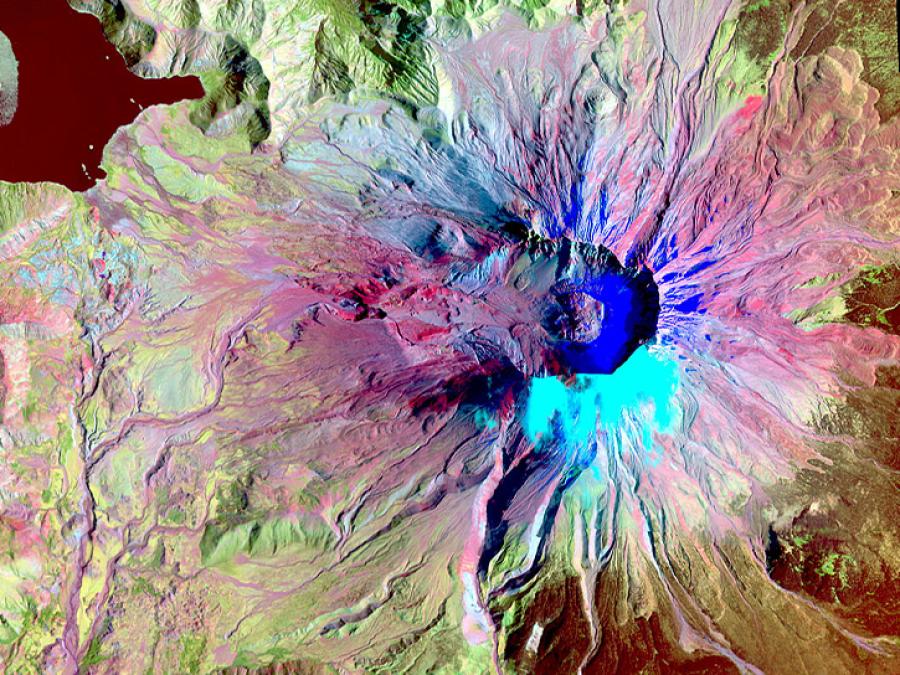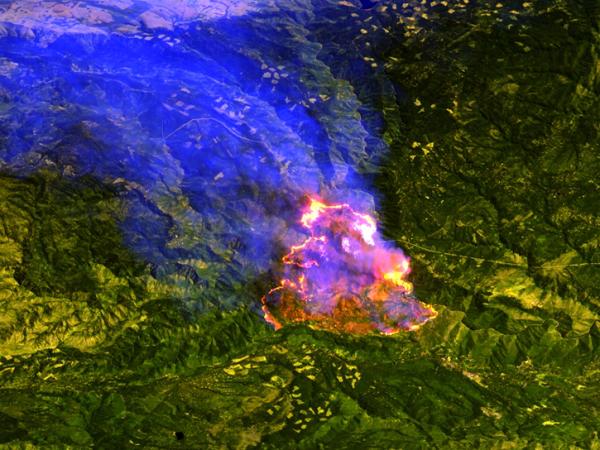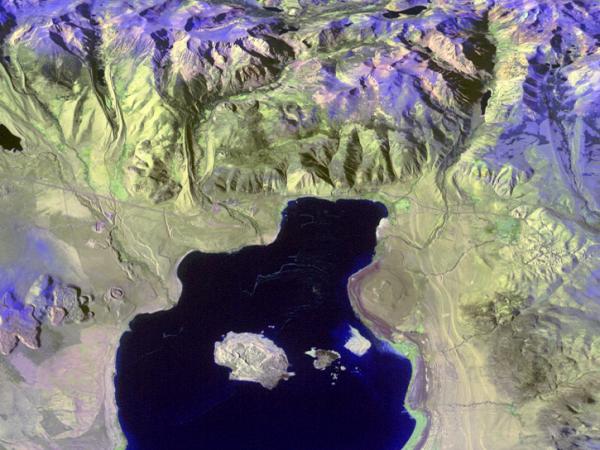| Study Dates | 1998 - present |
|---|---|
| Region | United States, Pacific Ocean, Costa Rica |
| Scientific Topics | Land Surface Troposphere |



MASTER
The MODIS/ASTER Airborne Simulator (MASTER) project manages the lifecycle of data derived from the MASTER spectrometer, a scanning spectrometer which flies on a variety of multi-altitude research aircraft and provides data similar to the Moderate Resolution Imaging Spectroradiometer (MODIS) and the Advanced Spaceborne Thermal Emission and Reflection Radiometer (ASTER).
MASTER first flew in 1998 and has ongoing deployments as a Facility Instrument in the NASA Airborne Science Program. MASTER is a joint project involving the Airborne Sensor Facility (ASF) at the Ames Research Center, the Jet Propulsion Laboratory (JPL), and the Earth Resources Observation and Science Center (EROS).
NASA's Oak Ridge National Laboratory Distributed Active Archive Center (ORNL DAAC) became the assigned DAAC for MASTER in late 2020 and is in the process of publishing the existing MASTER Level 1B and Level 2 data.
Principal Investigator
Data Centers
Funding Programs
The MASTER instrument team devotes considerable effort to ensuring the quality and accuracy of its data products. If you publish scientific results involving MASTER data, please include a reference to:
Hook, S. J. Myers, J. J., Thome, K. J., Fitzgerald, M. and A. B. Kahle, 2001:
The MODIS/ASTER airborne simulator (MASTER) - a new instrument for earth science studies.
Remote Sensing of Environment, vol. 76, Issue 1, pp. 93-102.
The following resources provide additional information about the MASTER project.